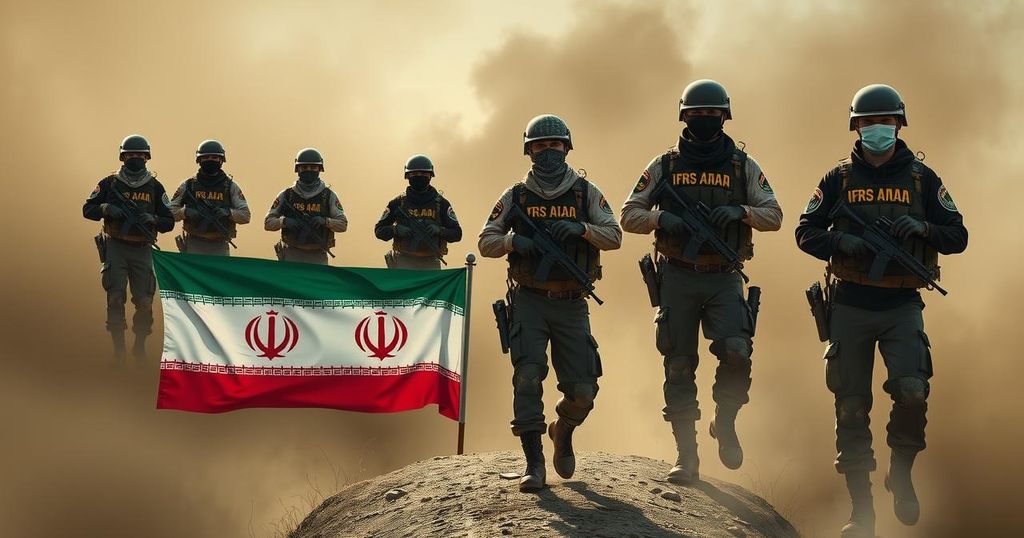Iranian-backed Iraqi militias have ceased hostilities following a ceasefire agreement, influenced by the ongoing developments in Syria. The Iraqi government struggles with militia control but hopes the calm will allow for diplomatic space as the situation evolves. The principle of “unity of fronts” among Iranian proxies guides this temporary restraint, contrasting with ongoing Houthi aggression in the region.
Amidst the evolving geopolitical landscape in the Middle East, particularly due to the potential toppling of Syrian President Bashar al-Assad, there has been a noticeable shift in the operations of Iranian-backed militias within Iraq. The Iraqi government faces a significant challenge in dismantling the various militias that exert influence across its territory. However, the recent decision to enter into a ceasefire with Israel may afford both the Iraqi administration and Tehran a respite as they await greater clarity regarding developments in Syria.
The Iraqi front has remained relatively quiet since the ceasefire agreement with Lebanese factions was established a month ago. This cessation of hostilities appears to be rooted in the concept of “unity of fronts,” a theoretical commitment among Iran’s proxies. While the Houthis continue their aggressive actions against Israel and maritime vessels in the Red Sea, the tranquility observed in Iraq’s militia activities suggests a strategic recalibration in response to regional dynamics. This reprieve allows for political maneuvering while assessing potential shifts in the broader conflict influenced by developments in Syria.
The situation in Iraq regarding Iranian-supported militias is complex and deeply intertwined with the regional conflicts in Syria and Lebanon. Iran has cultivated numerous militia groups in Iraq, many of which have previously engaged in hostilities against both Israel and domestic opposition forces. Following significant developments in Syria, particularly concerning the potential fall of Assad’s regime, these militias are reassessing their strategic objectives. The Iraqi government’s challenge lies in navigating the power dynamics presented by these armed groups while maintaining stability within its borders. The concept of a “unity of fronts” suggests a coordinated approach among Iranian affiliates, although actual cooperation can often be uneven and fraught with competing interests.
In summary, the ceasefire agreement and the ensuing quiet amongst Iraqi militias could signify a temporary strategic adjustment by Iran’s proxies in response to shifting regional circumstances. While the challenge of controlling these militias remains for the Iraqi government, the current calm serves as a window for potential diplomatic engagements and assessments of the landscape in Syria. Future developments will likely dictate whether the fragile peace can be sustained or will give way to renewed hostilities.
Original Source: www.haaretz.com






